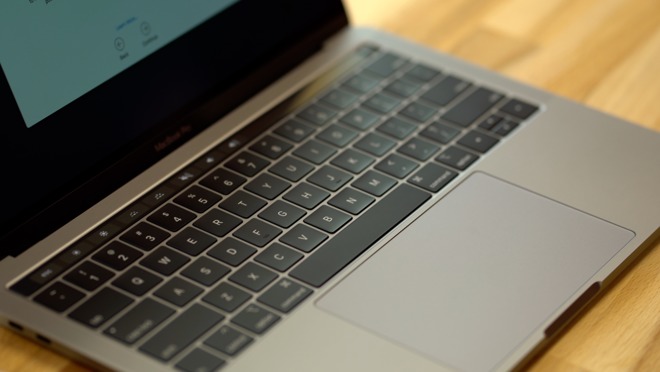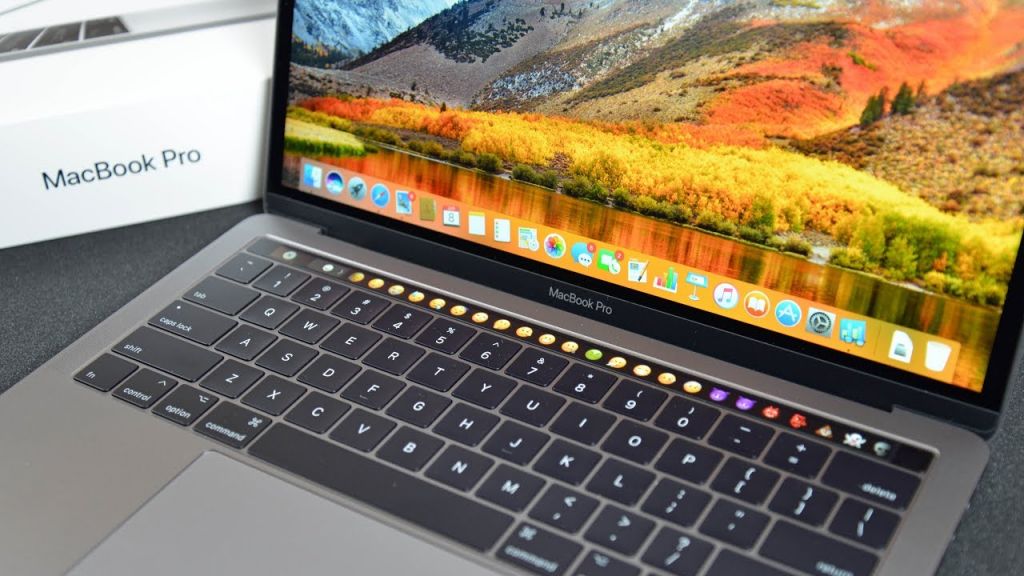


I5 vs i7 macbook pro 2018 windows#
For example, Mettle FLUX for 3D volumetric fractal flames for After Effects and Premiere Pro will report that the required GPU is missing.Ī drawback of any laptop with low built-in display resolution is that not all of Premiere Pro's windows and dialog boxes can be resized. That said, there are some 3rd party effects that simply won't run if a qualified GPU is not present. An important note: I almost always transcode everything to Apple ProRes422 HQ, LT or Proxy depending on the needs of the project for editing.īoth OpenCL and Metal are available (see screenshot below) as well as the Intel CPU acceleration for H264 encoding if running macOS High Sierra or newer. Playback from the internal Flash storage, external Thunderbolt SSD drives or external USB3 SSD drives is smooth. If I need portability while still wanting the ability to run whichever Adobe application I need (Premiere Pro, After Effects, Photoshop, Illustrator, Audition), a MacBook Air works. That said, if I always had tight deadlines and needed a laptop, I would opt for a MacBook Pro over a MacBook Air. Another important note: some features of Premiere Pro, like Morph Cut, produce better results if more RAM is available (for Morph Cut, it seems to be 32GB of RAM for better results). If there's a tight deadline, I might start on the MacBook Air and finish on my MacPro.
I5 vs i7 macbook pro 2018 1080p#
While it doesn't win any render races (even my 2010 27-inch iMac i5 - now retired - would render effects heavy After Effects Comps faster than my MacBook Air) it works really well for 1080p High Resolution edits and also very well for 2160p Proxy workflows (but again, due to the processor speed limit, transcoding is - as expected - much slower than what it would be with a laptop or desktop with a higher clock speed). If I could change anything, it would have more RAM (the current MacBook Airs support up to 16GB, the model I have only allowed for up to 8GB). While the MacBook Air isn't powerful, it is indeed capable and (as to be expected) exceptionally portable. You will want the most powerful CPU you can afford if you're planning to work with 4k/60 videos. As a matter of fact, it is barely suitable for even 720p, let alone 4k, video work.Īnd that's not to mention that there have been more issues (at least in these forums) between Adobe and Apple than between Adobe and Microsoft when it comes to program stability.īetween the other two options, go with the 8750H. This will, in turn, cause the exports, especially those with even a single nominally GPU-accelerated effect, to be slowed down substantially. In fact, that MacBook Air relies solely on its extremely weak integrated Intel HD or UHD Graphics that's not even at GT2 level - it has too few processing units to even enable OpenCL or Metal GPU acceleration at all! As a result, Premiere will be permanently locked to the software-only mode for renders, which would then fall back entirely to the underpowered CPU for those tasks. I would recommend skipping the MacBook Air entirely for video editing: Its CPU is far weaker than either of the two Windows options (all Y-series CPUs are only dual-core and extremely low sustainable CPU clock speeds, versus the eighth-generation U-series CPUs that are at least quad-core and modest sustainable clock speeds, and the 8750H is a 6-core CPU), and it does not have a GPU that's at all suitable for Premiere Pro.


 0 kommentar(er)
0 kommentar(er)
